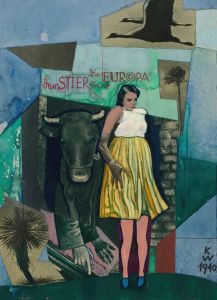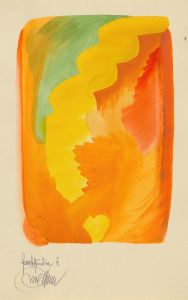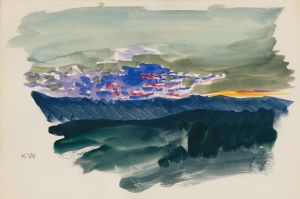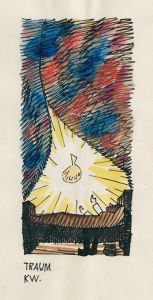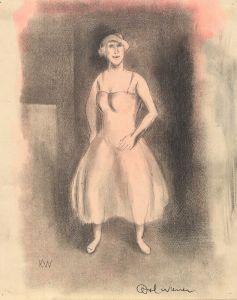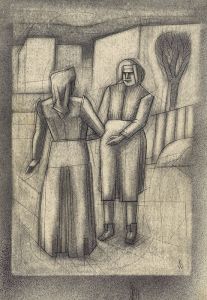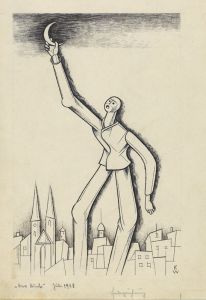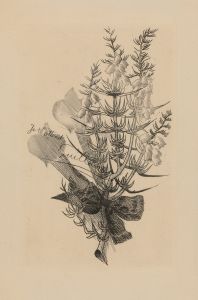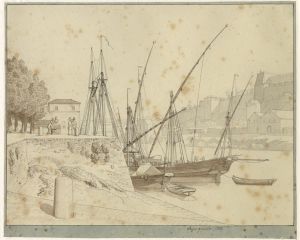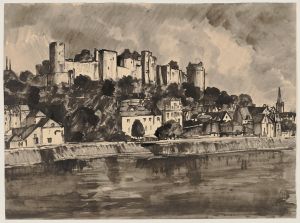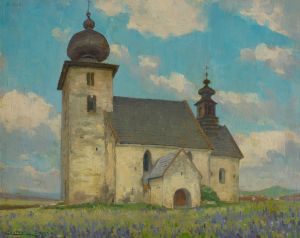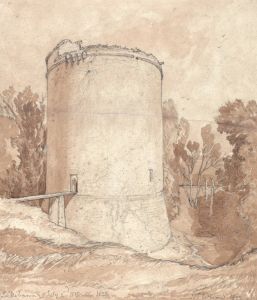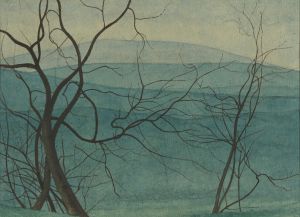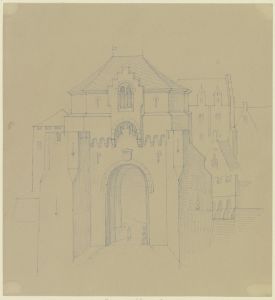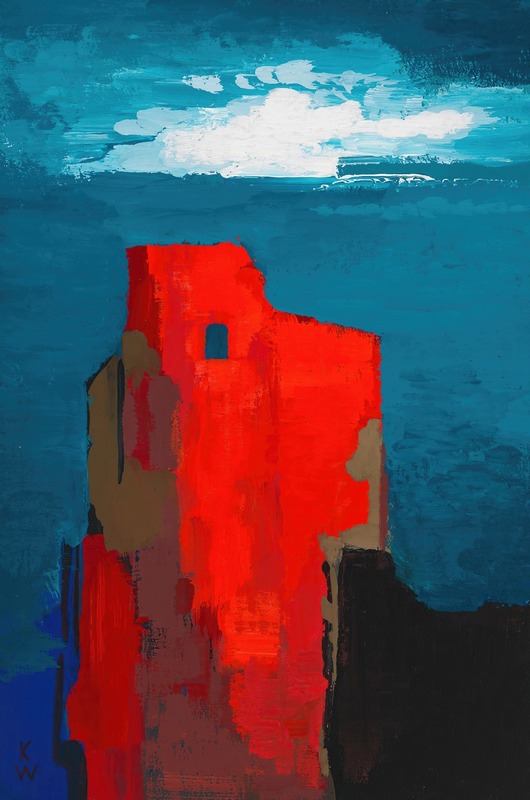
Burgruine
A hand-painted replica of Karl Wiener’s masterpiece Burgruine, meticulously crafted by professional artists to capture the true essence of the original. Each piece is created with museum-quality canvas and rare mineral pigments, carefully painted by experienced artists with delicate brushstrokes and rich, layered colors to perfectly recreate the texture of the original artwork. Unlike machine-printed reproductions, this hand-painted version brings the painting to life, infused with the artist’s emotions and skill in every stroke. Whether for personal collection or home decoration, it instantly elevates the artistic atmosphere of any space.
Karl Wiener was an Austrian artist known for his contributions to the visual arts during the early to mid-20th century. One of his notable works is "Burgruine," which translates to "Castle Ruin" in English. This painting exemplifies Wiener's skill in capturing the essence of historical architecture and the passage of time through his art.
"Burgruine" depicts the remnants of a once-majestic castle, now in a state of decay. The painting is characterized by its detailed portrayal of the crumbling stone walls, overgrown vegetation, and the melancholic atmosphere that often accompanies such scenes of historical decline. Wiener's use of color and light in this piece is particularly noteworthy, as it enhances the sense of nostalgia and the inevitable march of time.
Karl Wiener was born in 1891 in Vienna, Austria, a city with a rich cultural and artistic heritage. He studied at the Academy of Fine Arts in Vienna, where he honed his skills and developed his unique style. Wiener's work often reflects the influence of the Romantic movement, which emphasized the beauty and sublimity of nature, as well as the ruins of human civilization.
Throughout his career, Wiener was fascinated by historical subjects, particularly those that highlighted the transient nature of human achievements. "Burgruine" is a prime example of this fascination, as it captures the quiet dignity of a structure that has witnessed centuries of history. The painting invites viewers to reflect on the impermanence of human endeavors and the enduring power of nature.
Wiener's attention to detail is evident in the meticulous rendering of the castle's architecture. Each stone and crack is depicted with precision, giving the viewer a sense of the castle's former grandeur and its gradual decline. The surrounding landscape, with its lush greenery and wildflowers, contrasts with the stark, weathered stones, symbolizing the resilience of nature in reclaiming man-made structures.
"Burgruine" is also notable for its atmospheric quality. The play of light and shadow creates a mood of quiet contemplation, as if the viewer is standing before the ruins at dusk, when the fading light casts long shadows and the air is filled with a sense of history. This use of light not only enhances the visual appeal of the painting but also deepens its emotional impact.
Karl Wiener's work, including "Burgruine," has been exhibited in various galleries and museums, both in Austria and internationally. His paintings are appreciated for their technical excellence and their ability to evoke a deep emotional response. "Burgruine" remains a significant piece in Wiener's oeuvre, showcasing his talent for capturing the beauty and poignancy of historical ruins.
In summary, "Burgruine" by Karl Wiener is a masterful depiction of a decaying castle, rendered with exquisite detail and a profound sense of atmosphere. It reflects Wiener's fascination with history and the passage of time, inviting viewers to contemplate the impermanence of human achievements and the enduring power of nature.





